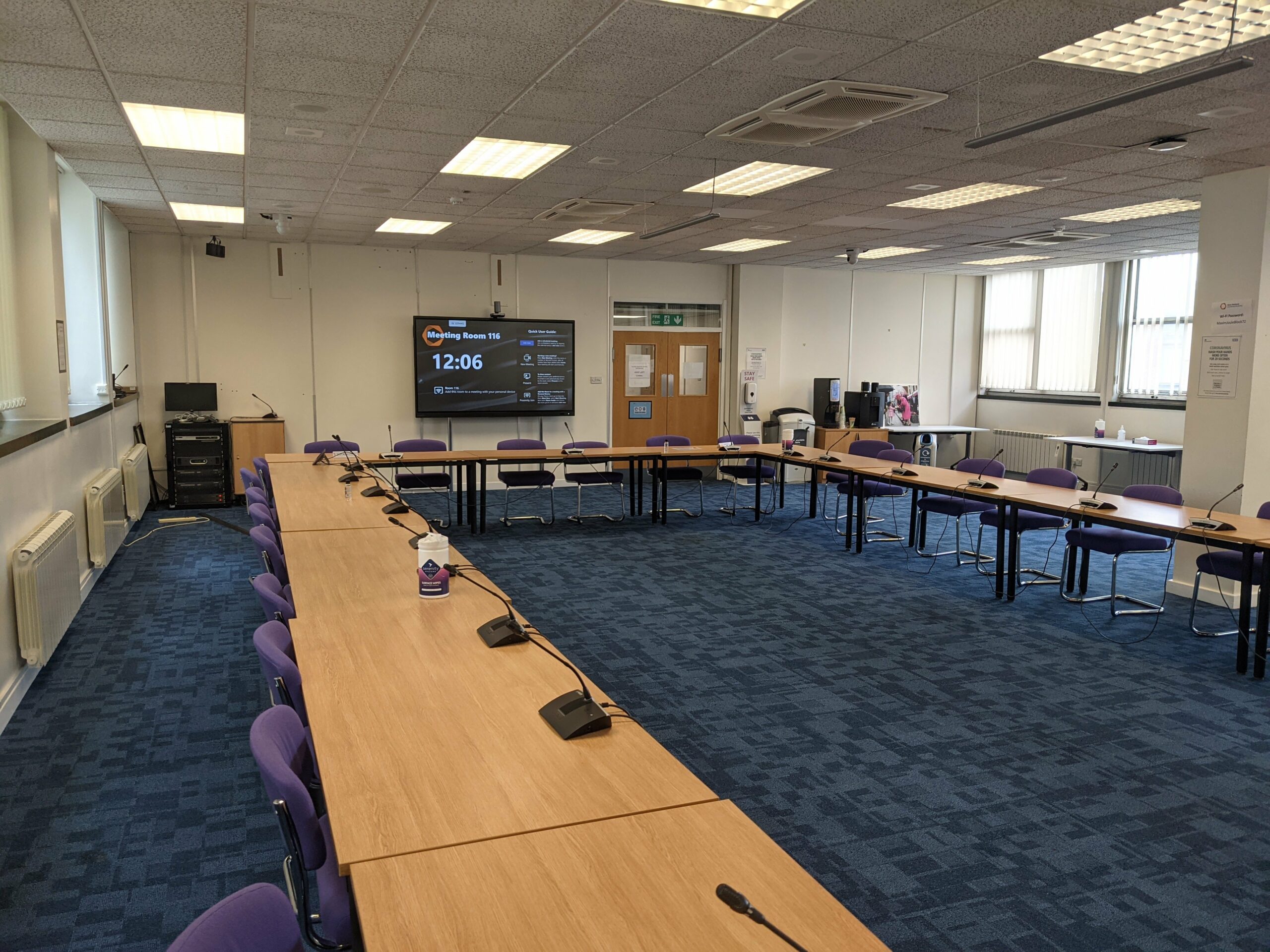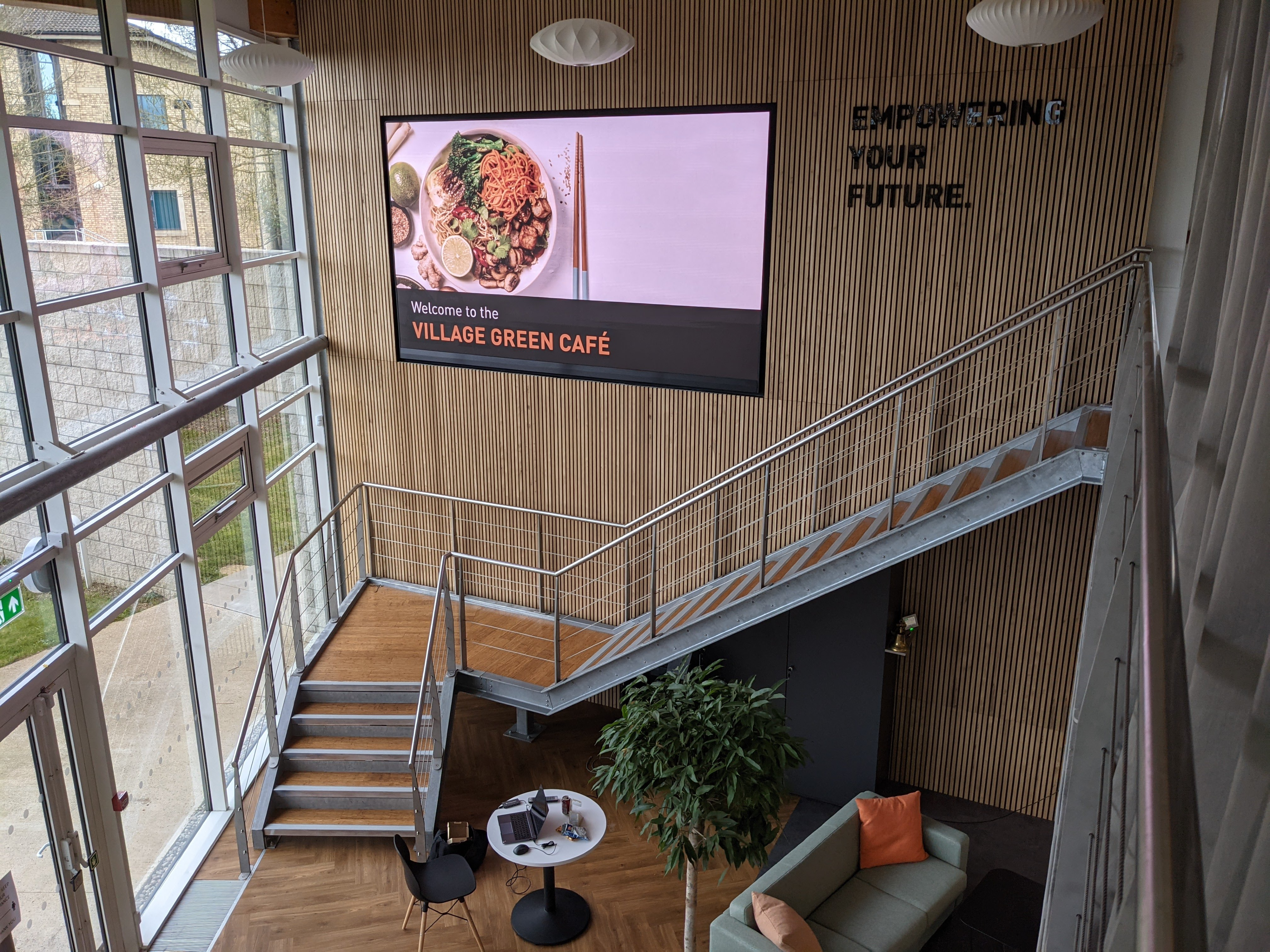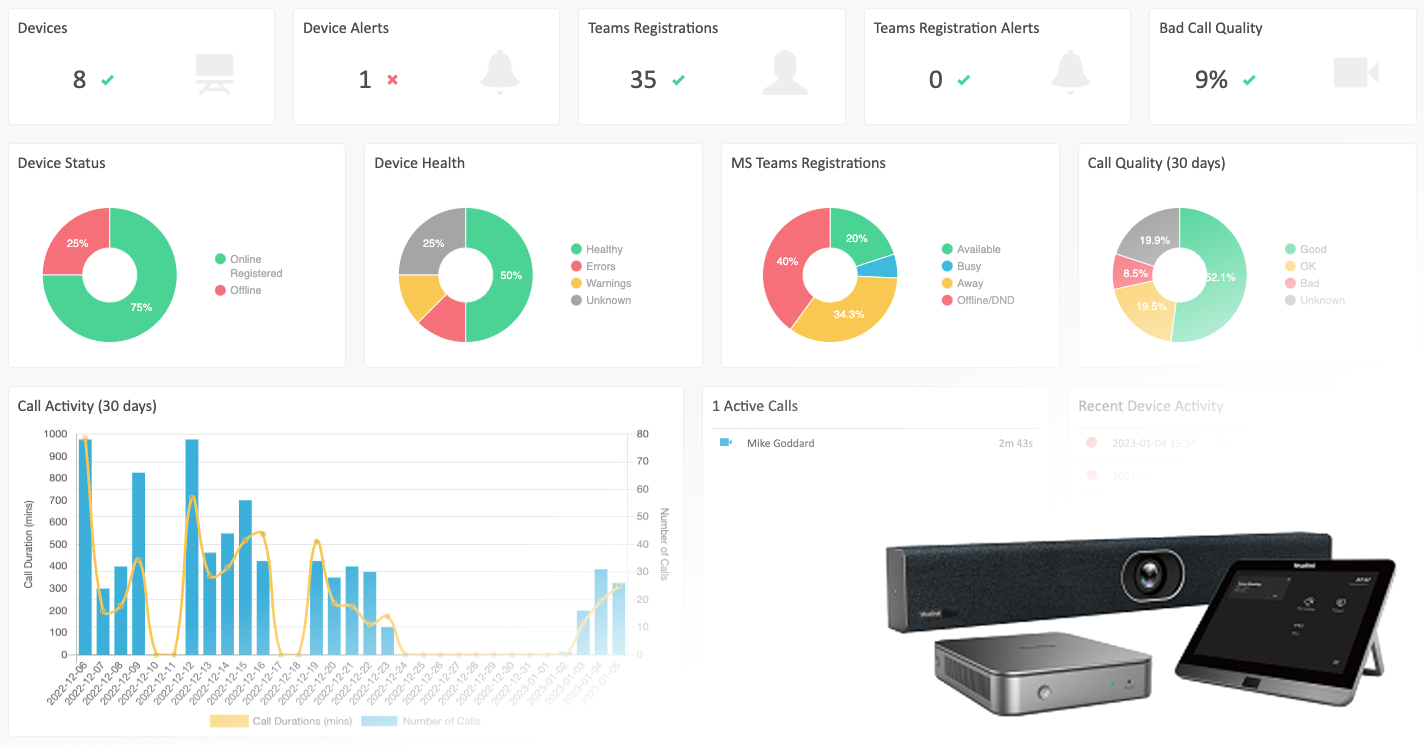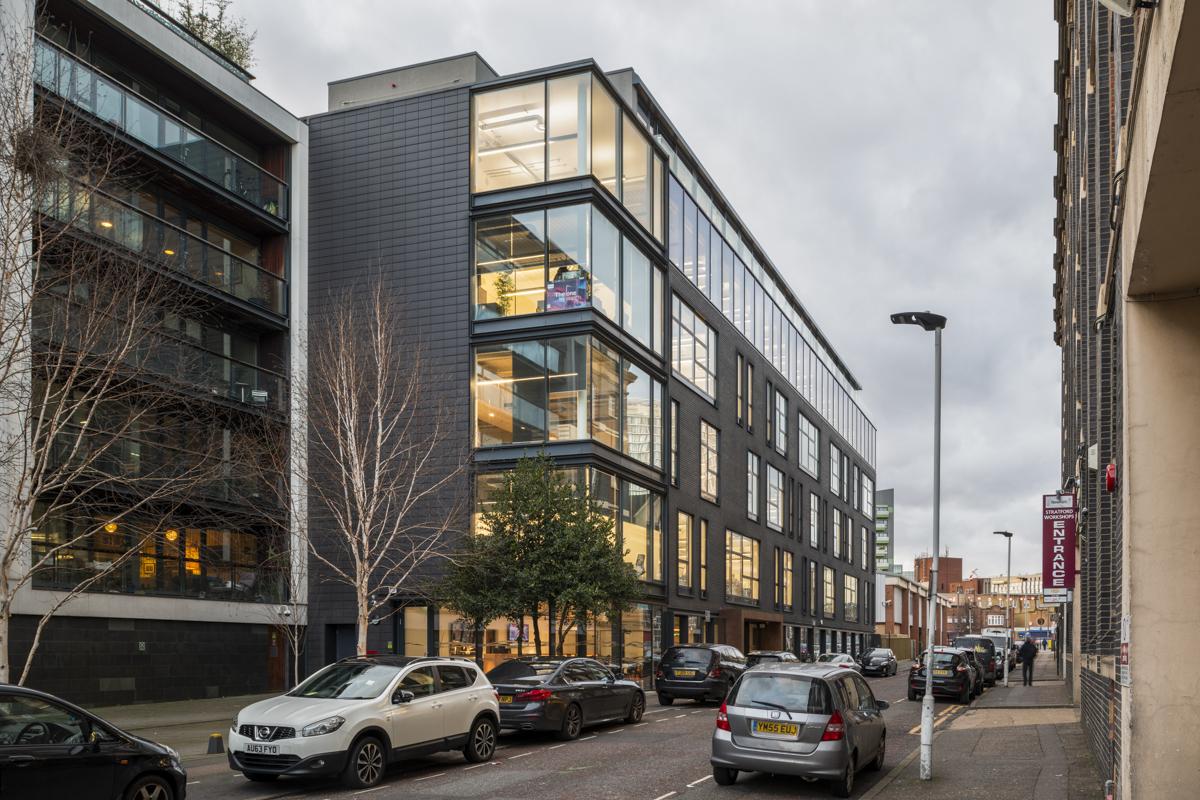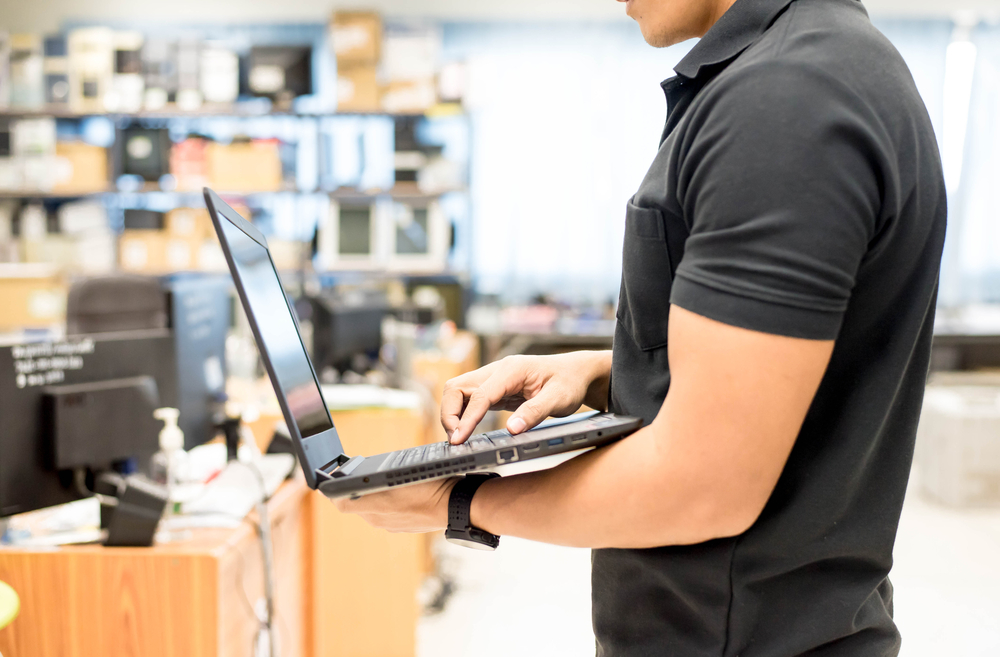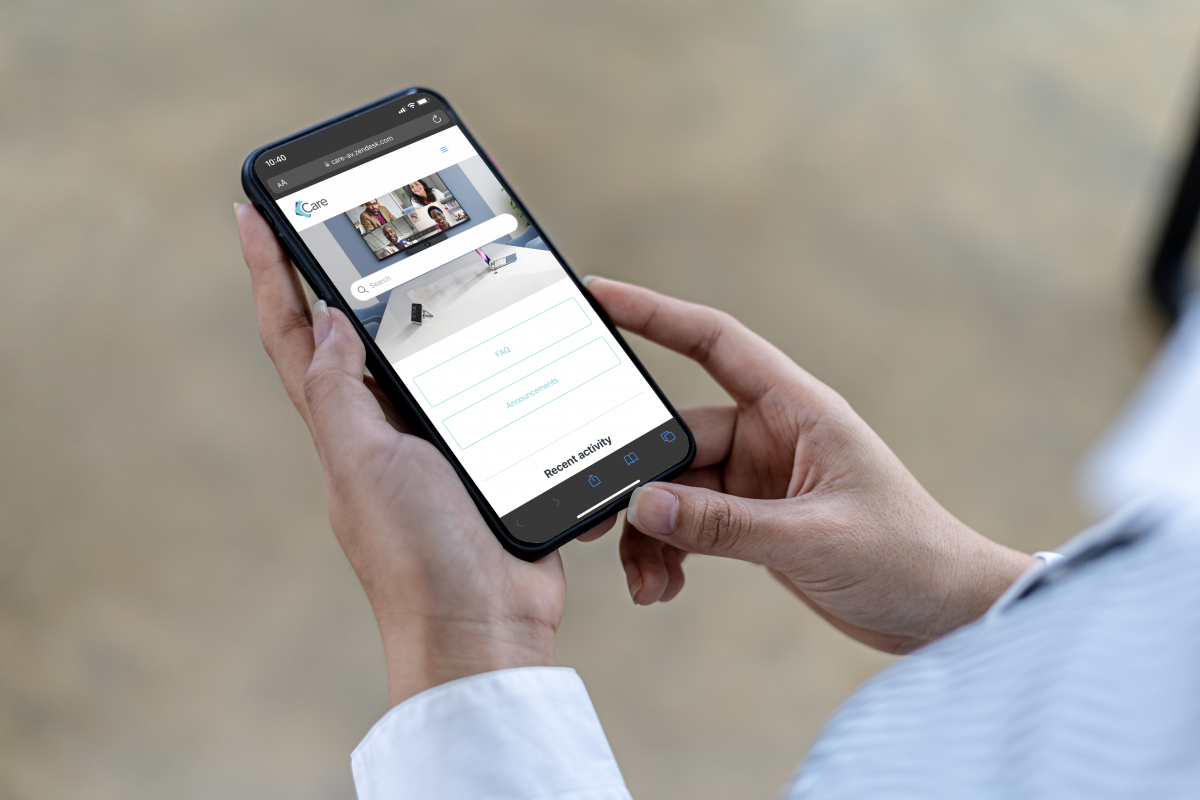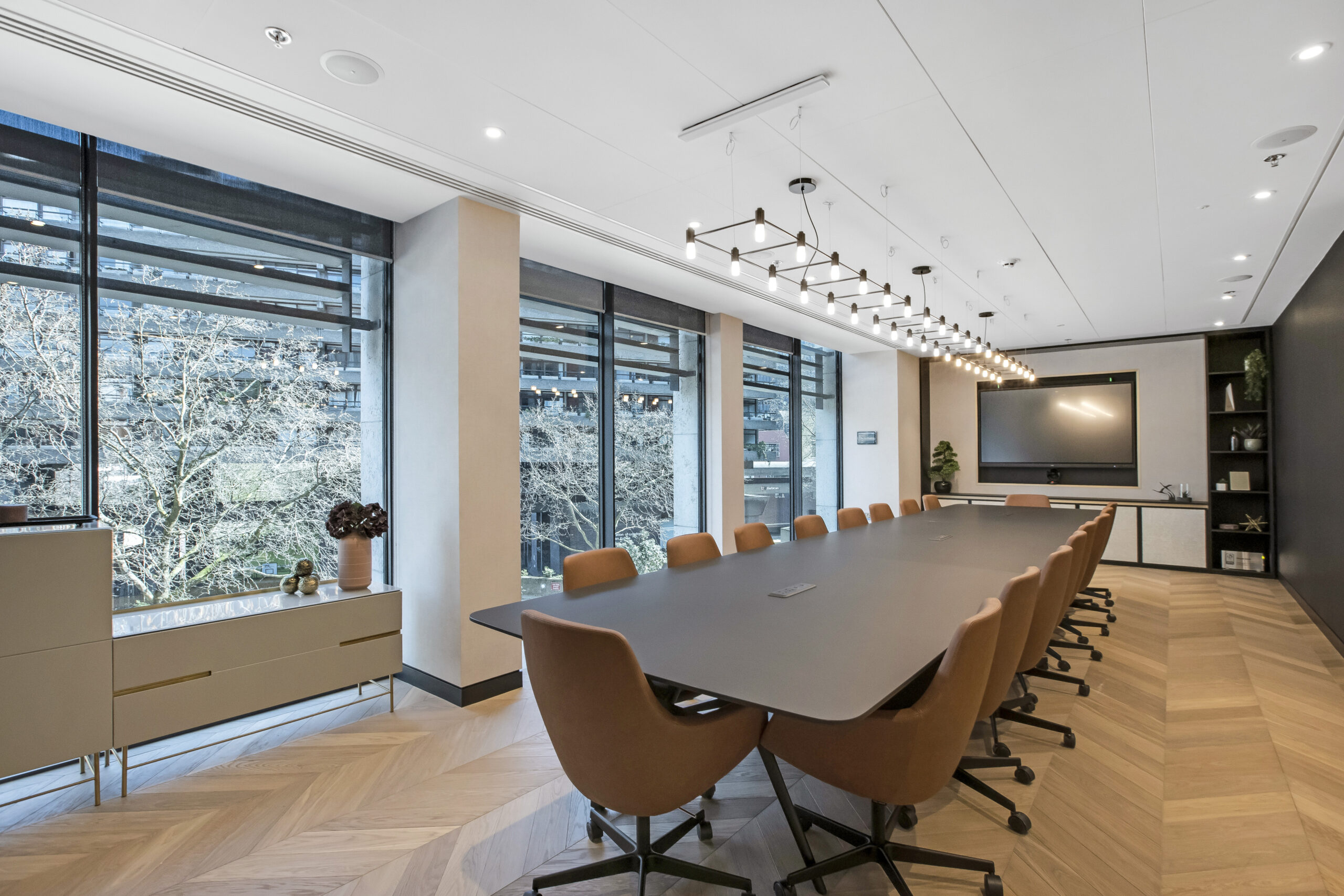
Byond Group deliver integrated systems for London property developer.
Quick Project Facts: Location:London, United Kingdom Completion Date:February 2021 Project Duration:3 Months Project Information: Company OverviewLondon property developer, Mount Anvil have built quality homes in London for 30 years, from […]

